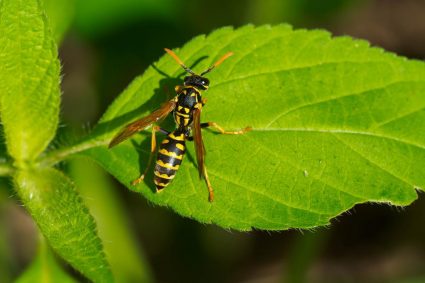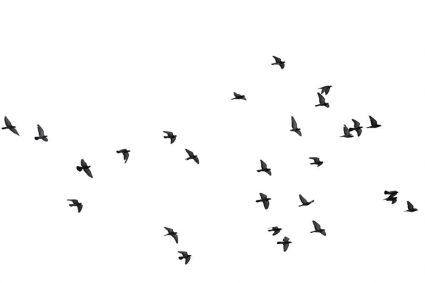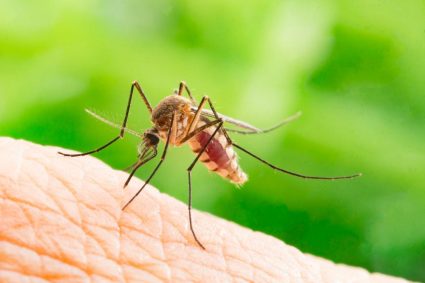
Rats are a common pest that can wreak havoc on your property, and finding effective ways to keep them away can be a challenge. However, nature provides us with several animals that can help control rat populations. In this comprehensive guide, we’ll explore which animals keep rats away, how they do it, the advantages and disadvantages of using animals for pest control, and alternative methods you can use.
Animals that naturally keep rats away include cats, dogs (specifically breeds like Rat Terrier and Jack Russell Terrier), birds of prey such as hawks and owls, snakes, and weasels. These predators can significantly impact rat populations, but their effectiveness can vary based on several factors. It’s also important to consider the potential risks and downsides of using animals for rat control, such as ineffectiveness, secondary poisoning, animal welfare concerns, risks to pets, and disease transmission.
Natural Predators of Rats
Several animals are known to prey on rats, helping to control their population. Here are the top five:
- Cats: Domestic and wild cats are known to hunt rodents, and feral cats are often used in urban areas to control rat populations. Some of the best breeds for pest control include American Shorthair, Maine Coon, Siberian, Siamese, Chartreux, Burmese, Manx, and Turkish Angora.
- Dogs: Certain breeds, such as the Rat Terrier, Jack Russell Terrier, Dachshund, Jagdterrier, and West Highland White Terrier, are particularly effective at catching rats.
- Birds of Prey: Raptors like hawks, owls, eagles, and falcons are common predators of rats. Red-tailed hawks and American kestrels hunt rats during the day, while barn owls are common nocturnal predators.
- Snakes: Most species of snakes, including rat snakes, consume rodents like rats as part of their diet.
- Weasels: Weasels are also known to prey on rats.
How Predators Affect Rat Populations
The presence of these predators can significantly impact rat populations. For example, cats and dogs can create a landscape of fear for rats, causing them to display avoidance behaviors and disrupting their social structures. The presence of predatory birds and snakes can also keep rats at bay.
However, the effectiveness of these predators can vary depending on several factors, including the size and behavior of the rat population, the presence of other food sources, and the specific environment.
Risks and Downsides of Using Animals for Rat Control
While using animals for rat control can be effective, there are several risks and downsides to consider:
- Ineffectiveness: Domestic cats may not be effective at controlling rats, as rats are larger and can be aggressive, making cats reluctant to prey on them.
- Secondary poisoning: Cats and dogs can suffer from secondary poisoning if they consume rodents that have ingested rodenticides.
- Animal welfare concerns: Using animals for rodent control can raise ethical concerns about the welfare of both the predator and the prey.
- Risks to pets: Outdoor cats and dogs face various risks, such as attacks from wild animals, vehicle accidents, and fights with other animals.
- Disease transmission: Rodents can transmit diseases to pets, which can then be passed on to humans.
How to Attract Predators for Rat Control
If you decide to use natural predators for rat control, here are some methods to attract them to your property:
- Install owl nesting boxes to attract owls.
- Maintain a clean and open yard to attract raptors.
- Adopt a cat known for its hunting skills.
- Create suitable habitats for snakes, such as rock piles or brush piles.
Alternatives to Using Animals for Pest Control
If using animals for rat control isn’t an option, there are several alternatives:
- Eco-friendly pest control: Use natural and less harmful methods, such as pyrethrum sprays, vinegar, and essential oils.
- Companion planting: Certain plants can naturally repel pests.
- Humane pest control: Focus on prevention and non-lethal techniques, such as exclusion, habitat modification, and traps.
- Biological control: Use natural predators or parasites to control pest populations.
- Physical barriers: Install fences or mesh to keep larger animals and rodents away from your property.
Remember, while natural predators and alternative methods can help control rat populations, they may not be enough to eliminate a severe infestation. In such cases, professional pest control services may be necessary.
Conclusion
In conclusion, several animals can help keep rats away, including cats, dogs, birds of prey, snakes, and weasels. However, using animals for rat control comes with its own set of challenges and risks, and it’s important to consider alternative methods as well. By understanding the behaviors of these predators and the nature of rat infestations, you can develop an effective and humane strategy to keep rats away from your property.
Frequently Asked Questions
What are rodenticides?
Rodenticides are a type of poison used to control rodents, such as rats and mice. They are usually made from chemicals that cause bleeding, nervous system damage, or metabolic disruptions in rodents.
What is a landscape of fear?
A ‘landscape of fear’ is a term used in ecology to describe how prey animals alter their behavior based on the presence and perceived risk from predators. For example, rats may avoid areas where they smell or see predators like cats and dogs.
What is companion planting?
Companion planting is a gardening technique where certain plants are grown together because they help each other in some way, such as repelling pests, improving growth, or enhancing flavor. For example, planting mint can help repel rats.
What is biological control?
Biological control is a method of controlling pests using their natural enemies, such as predators, parasites, or pathogens. For example, introducing a species of wasp that parasitizes a specific pest insect.
What is humane pest control?
Humane pest control focuses on prevention and non-lethal methods to manage pest populations. This can include techniques such as exclusion (preventing access), habitat modification (making the environment unappealing or inaccessible), and using traps that capture pests without killing them.











